Maximizing Space with Vertical Gardens: Grow Your Own Food Anywhere
5/15/20258 min read
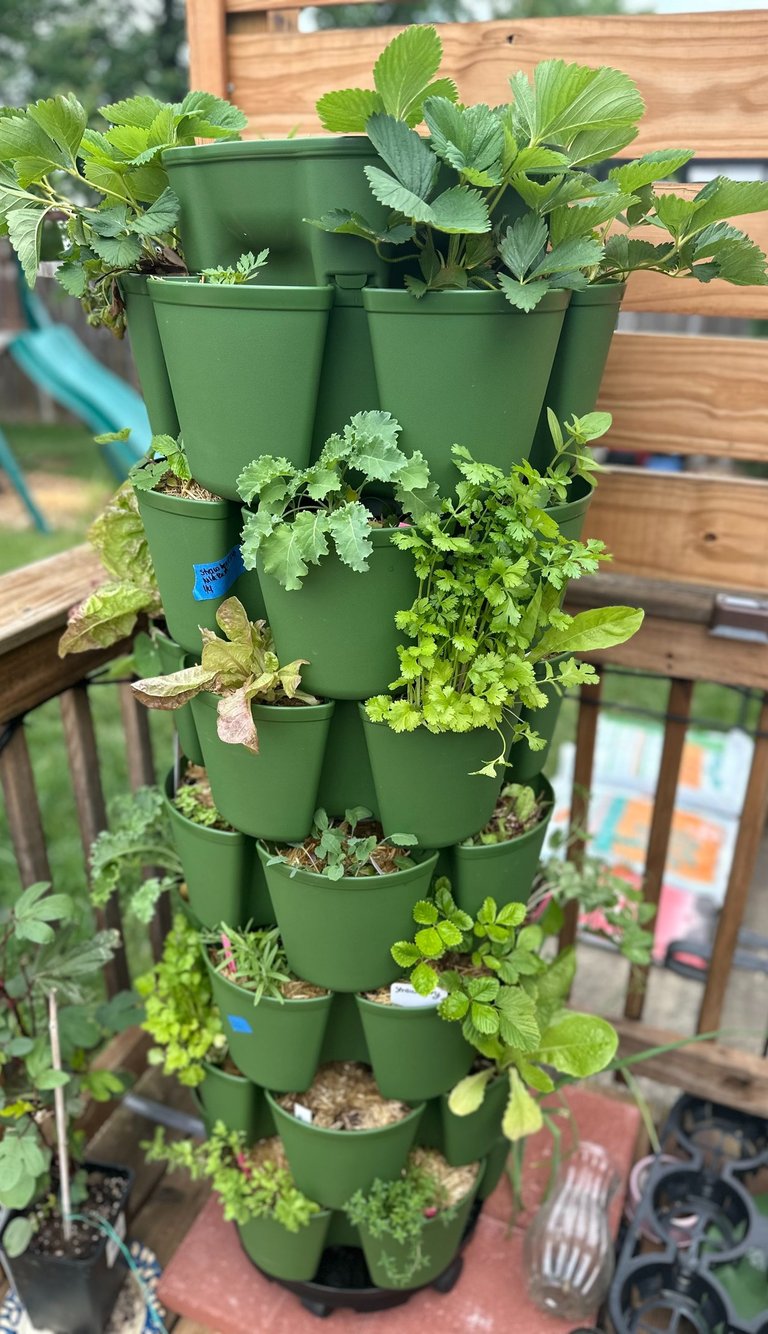

Introduction to Vertical Gardening
Vertical gardening is an innovative approach to cultivation that empowers individuals to grow a diverse range of plants in constrained spaces. This gardening method utilizes vertical structures, such as walls, fences, or specially designed frames, to support the growth of plants upward rather than outward. The arrangement not only maximizes space but also enhances the aesthetic appeal of urban environments and small living areas, making it an ideal solution for those residing in apartments or rentals where traditional gardening might be impractical.
One of the primary benefits of vertical gardens is their ability to transform underutilized spaces into productive greenery. By efficiently utilizing vertical surfaces, individuals can create lush, vibrant garden displays even in locations with limited ground area. This is particularly advantageous for urban dwellers who may have balconies or patios that require optimization. Furthermore, vertical gardens can also serve as an excellent medium for growing food, offering the opportunity to cultivate vegetables, herbs, and even fruits in small areas.
Additionally, vertical gardening presents significant advantages for individuals with physical disabilities or mobility challenges. Traditional gardening can be physically demanding, often requiring bending, kneeling, or reaching. However, vertical gardens can be designed to accommodate various physical needs by adjusting the height of planting areas, making gardening more accessible for everyone. Through this gardening technique, individuals can enjoy the therapeutic benefits of cultivating plants without the physical strain associated with conventional gardening methods.
Ultimately, vertical gardening is not only a practical solution for maximizing limited space; it also promotes sustainable living by encouraging food production in urban settings while fostering a deeper connection to nature. As urban populations continue to grow, the adoption of vertical gardening can provide an effective response to space constraints and enhance the overall quality of urban life.
Understanding Vertical Planters
Vertical gardening has emerged as a popular solution for individuals seeking to maximize limited space while cultivating a variety of plants. Among the essential components of vertical gardening are the diverse types of vertical planters available in the market. These planters not only provide aesthetic value but also serve practical purposes, enabling gardeners to grow flowers, herbs, fruits, and vegetables in an organized manner.
One of the most common types of vertical planters is the tiered planter, which often features multiple levels and compartments. These tiered systems are designed to utilize vertical space efficiently, allowing users to grow several different species of plants simultaneously. With pockets or shelves on each tier, these planters can accommodate various plants, thus maximizing the number of species grown in a confined area. This is particularly advantageous for urban dwellers with limited yard space or for those who wish to introduce greenery into their balconies or patios.
In addition to tiered planters, other types of vertical planters include wall-mounted units, hanging systems, and freestanding vertical gardens. Wall-mounted planters can transform blank walls into verdant displays, offering a unique aesthetic while being functional. Hanging planters, on the other hand, allow for general flexibility in placement, as they can be suspended from ceilings or beams. Freestanding vertical gardens can range from simple frames holding pots to elaborate systems designed to support an array of plants.
In selecting an appropriate vertical planter, one should consider factors such as available space, sunlight access, and the types of plants intended for growth. With the right vertical gardening system in place, anyone can successfully promote an expansive garden regardless of their spatial limitations.
Choosing the Right Location for Your Vertical Garden
When establishing a vertical garden, selecting the ideal location is pivotal to ensuring its success. One primary factor to consider is sunlight exposure. Most edible plants require at least six hours of direct sunlight daily to grow optimally. Therefore, identifying a space that receives adequate light throughout the day will greatly enhance the yield and health of your garden. If your chosen area does not receive sufficient sunlight, consider using grow lights or selecting shade-tolerant plants to maintain a vibrant garden.
Accessibility is another crucial aspect of choosing a location for your vertical garden. Make sure the site is easily reachable for maintenance tasks, such as watering, harvesting, and pruning. A garden that is difficult to access may lead to neglect, preventing optimal growth and maintenance. Additionally, placing your vertical garden near the kitchen can simplify the process of gathering fresh ingredients during meal preparations, integrating fresh produce into your daily cooking routines effortlessly.
Aesthetic considerations also play a significant role when deciding on a vertical garden's location. The vertical space can transform otherwise dull walls, fences, or balconies into vibrant displays of greenery. Evaluate how the garden complements your home's existing design and landscape. A well-placed vertical garden can become a focal point, enhancing the overall visual appeal of your space. Consider using trellises or racks that align with the style of your home, ensuring that your vertical garden seamlessly fits into your environment.
Ultimately, by carefully considering sunlight, accessibility, and aesthetics when choosing the location for your vertical garden, you can foster a thriving green space that not only provides fresh food but also adds beauty to your surroundings. With thoughtful planning, your vertical garden can flourish and yield fresh produce in even the most confined spaces.
Soil and Potting Mix: What You Need to Know
When embarking on a vertical gardening project, selecting the right growing medium is essential for success. Unlike traditional garden soil, which can be heavy and compact, potting mix is specifically formulated for container gardening. The primary advantage of using potting mix lies in its superior drainage and aeration properties. This is particularly crucial in vertical gardening, where space may be limited, and excessive moisture retention can lead to root rot and other issues.
Potting mix typically comprises a blend of organic materials such as peat moss, coconut coir, perlite, and vermiculite. These components work together to create a lightweight medium that promotes healthy plant growth while efficiently retaining moisture. The ideal potting mix for vertical gardens should not only provide ample drainage but also contain essential nutrients to support plant development. Many high-quality potting mixes come pre-fortified with fertilizers, offering a head start for your plants.
When choosing a potting mix for your vertical planter, consider the specific requirements of the plants you wish to grow. Certain mixes are tailored for specific types of plants, such as herbs, vegetables, or flowers, while others are more general-purpose. Look for a mix that maintains an optimal pH level, ensuring that your plants can efficiently absorb nutrients. Additionally, if you are looking for environmentally-friendly options, consider organic potting mixes that eschew synthetic additives.
Lastly, while potting mix is typically more expensive than conventional garden soil, the benefits far outweigh the costs in terms of plant health and production. By investing in the right potting mix, you are setting the foundation for a thriving vertical garden, enabling you to maximize your space and grow your own food even in the tightest of urban settings.
Fertilizing Your Vertical Garden
Fertilization plays a crucial role in the successful growth of plants within a vertical garden. Unlike traditional gardens, vertical gardens have limited soil volume, which can result in quicker nutrient depletion. Therefore, understanding the best fertilization practices is essential for maintaining healthy and thriving plants. By incorporating appropriate fertilization strategies, gardeners can enhance growth rates and produce bountiful yields of fresh produce, even in small spaces.
One popular option for organic fertilization is fish emulsion. Fish emulsion is a nutrient-rich liquid fertilizer derived from fish byproducts. Its high nitrogen content makes it particularly well-suited for green leafy vegetables, as it promotes robust foliage growth. To utilize fish emulsion effectively, dilute it according to the manufacturer's instructions and apply it every four to six weeks during the growing season. This method ensures that plants receive a consistent supply of nutrients while preventing the risk of nutrient burn.
Another noteworthy option to consider is slow-release fertilizers, which provide a steady supply of nutrients over an extended period. These fertilizers are typically granulated and can be mixed into the potting soil during planting or applied on the surface of the soil. Slow-release granular fertilizers are ideal for vertical gardens because they help reduce the frequency of applications, saving time and ensuring that plants receive a balanced diet without the risk of leaching due to heavy rains or frequent watering.
In terms of timing, early spring is an ideal period to fertilize vertical gardens as plants emerge from dormancy. A continuous nourishment schedule should be adhered to as the plants develop, adjusting the amount and frequency based on the growth stage and specific crop requirements. By executing these fertilization strategies, gardeners can foster an environment conducive to optimal plant health and productivity in vertical gardens.
Planting Strategies for Success
Successful vertical gardening hinges on effective planting strategies that not only maximize space but also enhance plant health and productivity. Companion planting is one of the most beneficial techniques utilized in vertical gardening. This approach involves pairing plants that can mutually support each other, whether through pest control, nutrient enhancement, or space optimization. For instance, plant companions such as basil and tomatoes thrive when grown together; the former can repel pests that typically afflict the latter. By leveraging these relationships, gardeners can create a more vibrant and resilient vertical garden.
When it comes to plant selection, it is paramount to choose species that complement one another in terms of growth habits and resource needs. Vertical gardens can accommodate a variety of plants such as herbs, leafy greens, and even small fruit-bearing varieties. For example, cascading plants like strawberries can spill over the edges, creating an attractive visual while utilizing vertical space effectively. Meanwhile, climbing plants such as peas or beans can be trained to ascend trellises, making them ideal candidates for vertical environments. Additionally, incorporating perennials can reduce the need for replanting each season, thus fostering a more sustainable gardening practice.
Another effective strategy is to consider the light and moisture requirements of the chosen plants. Placing sun-loving plants at the top of the vertical structure allows them to capture maximum sunlight, while shade-tolerant varieties can be positioned lower. Furthermore, ensuring proper irrigation is crucial, as vertical gardens may dry out faster than traditional gardens. Implementing self-watering systems or using moisture-retentive growing media can help maintain optimal hydration levels.
By carefully selecting plant combinations and utilizing companion planting techniques, gardeners can achieve a lush and productive vertical garden that offers both aesthetic appeal and functional harvests. Planning and consideration of each plant's needs will pave the way for successful vertical gardening ventures.
Maintenance and Care for Your Vertical Garden
Maintaining a vertical garden requires consistent care and attention to ensure healthy growth and productivity. One of the primary considerations is the watering technique. Given the unique structure of a vertical garden, water distribution can be uneven if not monitored closely. Drip irrigation systems are particularly effective, as they deliver moisture directly to the plant roots while minimizing water waste. However, if you prefer a manual method, regular hand-watering with a watering can is also viable. It is essential to ensure that the soil retains adequate moisture without becoming soggy, as this can lead to root rot and other issues.
Pest control is another critical aspect of vertical garden maintenance. Regularly inspect the plants for signs of pests such as aphids or spider mites. Natural pest control methods can be effective and environmentally friendly. For example, introducing beneficial insects like ladybugs can significantly reduce pest populations. Additionally, using neem oil or insecticidal soap can help control infestations without harming your plants. Keeping the garden clean and removing any dead or decaying matter will also discourage pests from taking up residence.
Seasonal adjustments are essential to maintain the vitality of your vertical garden throughout the year. In colder months, it's crucial to protect your plants from frost. This may involve relocating the vertical garden to a more sheltered spot or using frost cloths to provide insulation. Conversely, during the hot summer months, ensure that your plants receive adequate hydration and consider providing shade for sensitive species during peak sunlight hours. Understanding the specific needs of each plant variety and making necessary adjustments can result in a flourishing vertical garden that yields abundant produce. By implementing these maintenance strategies, you can enjoy the benefits of your vertical garden, growing fresh food year-round.
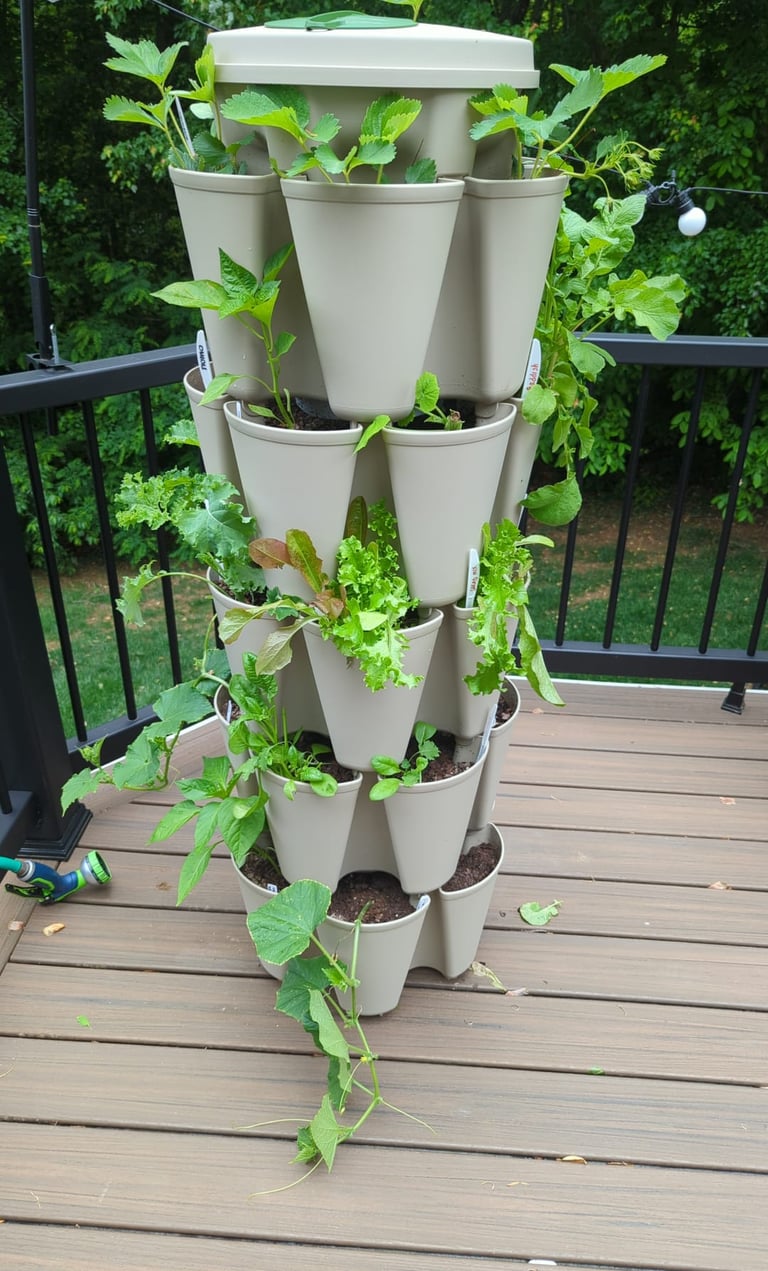

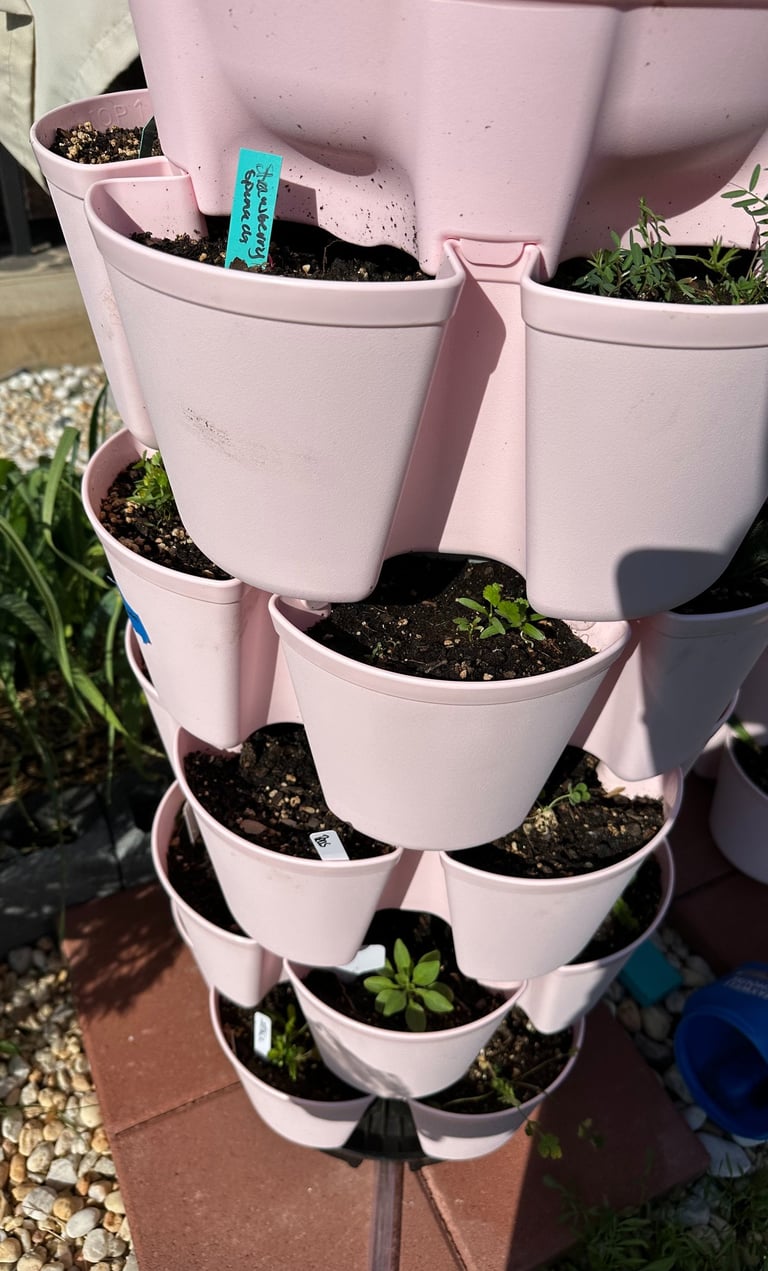

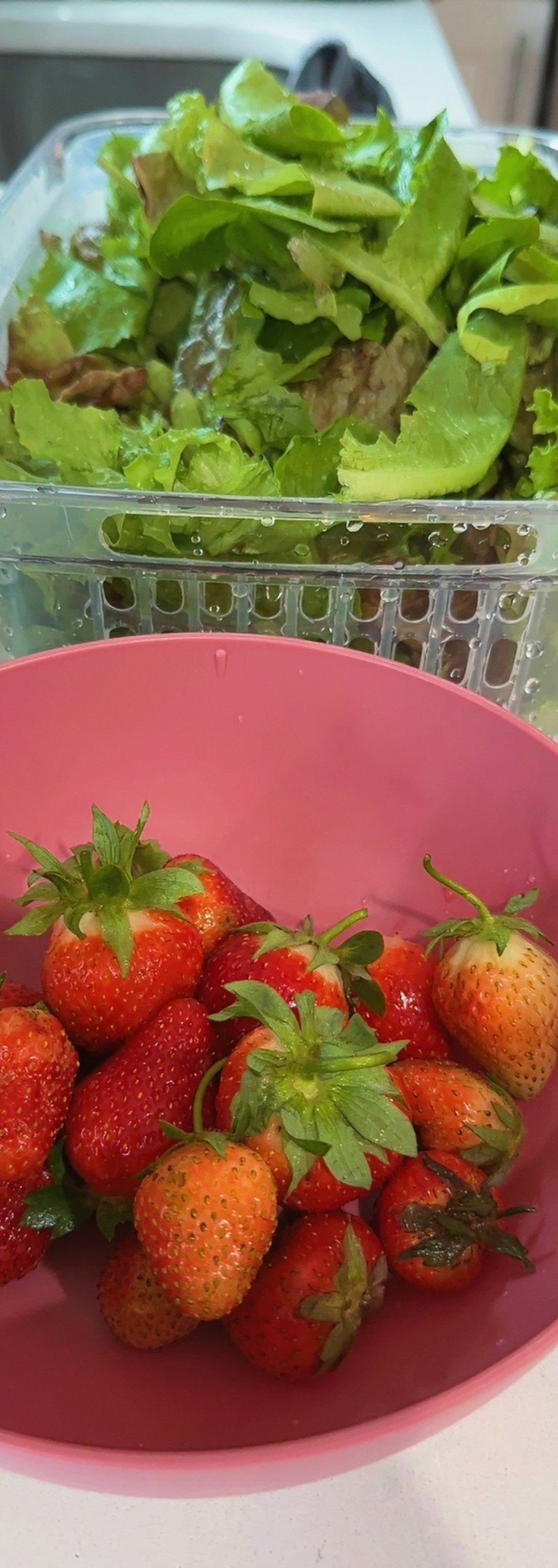

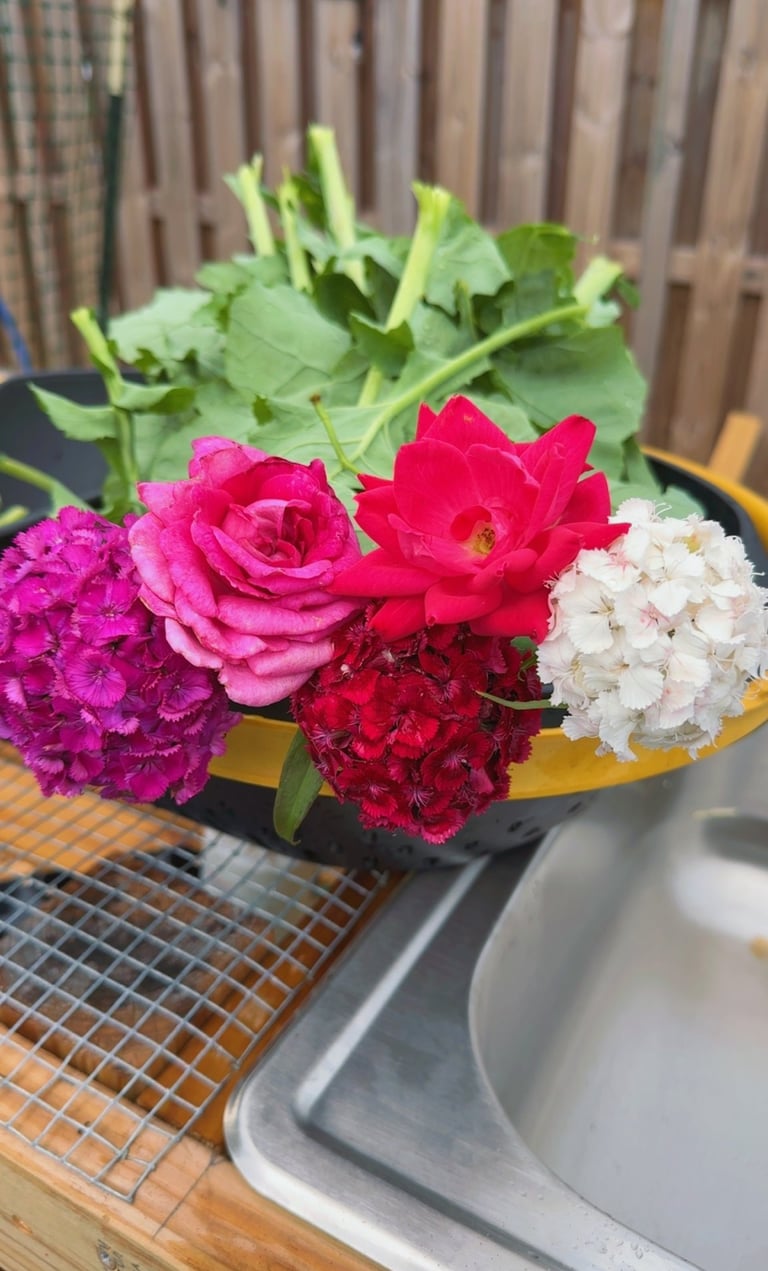

Grow
Cultivating wellness through gardening and sustainability.
Email Us:
© 2025. Healing IN Garden & Farm LLC. All rights reserved.
Created by askdolo.com
